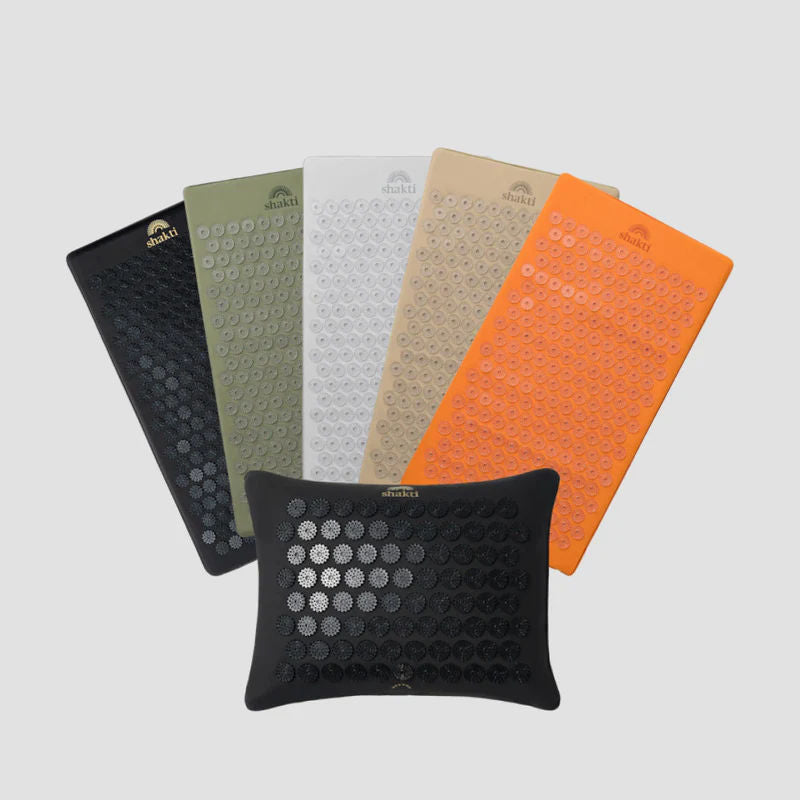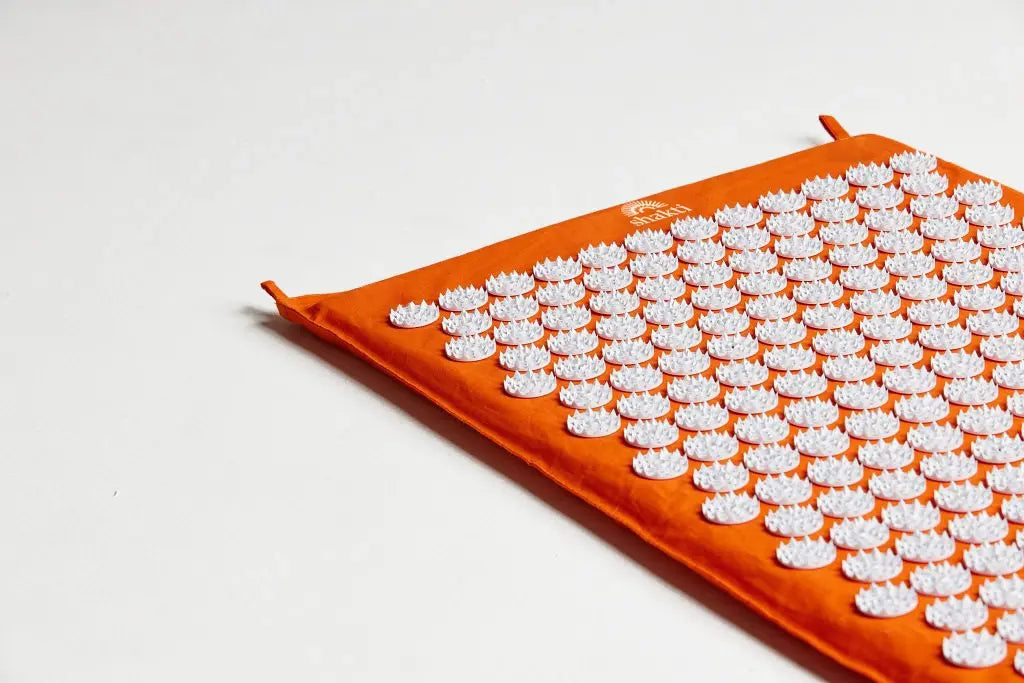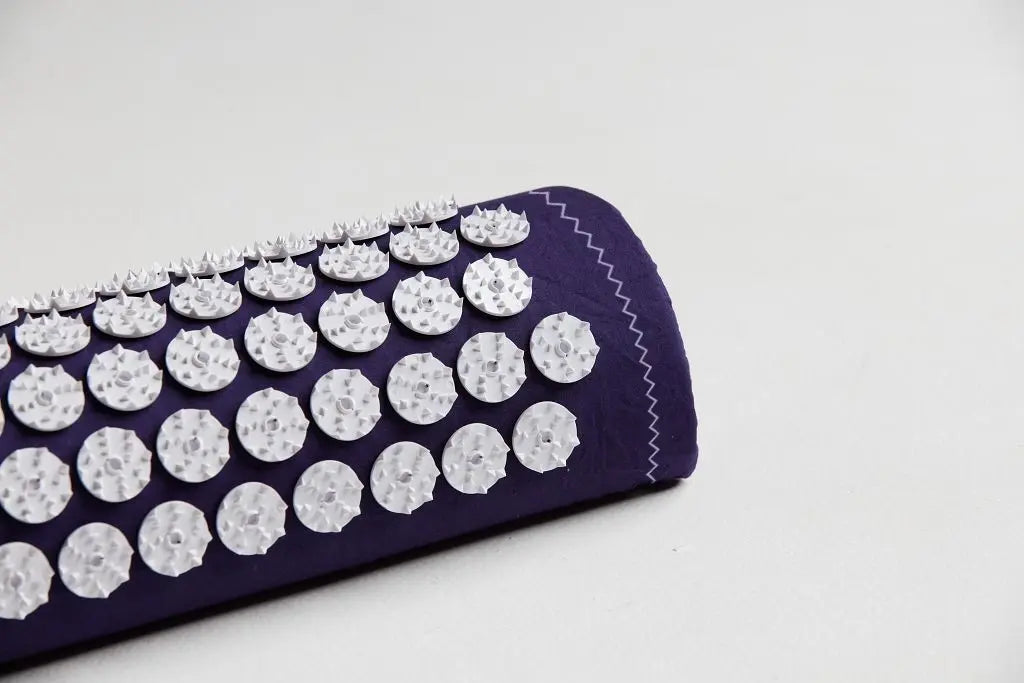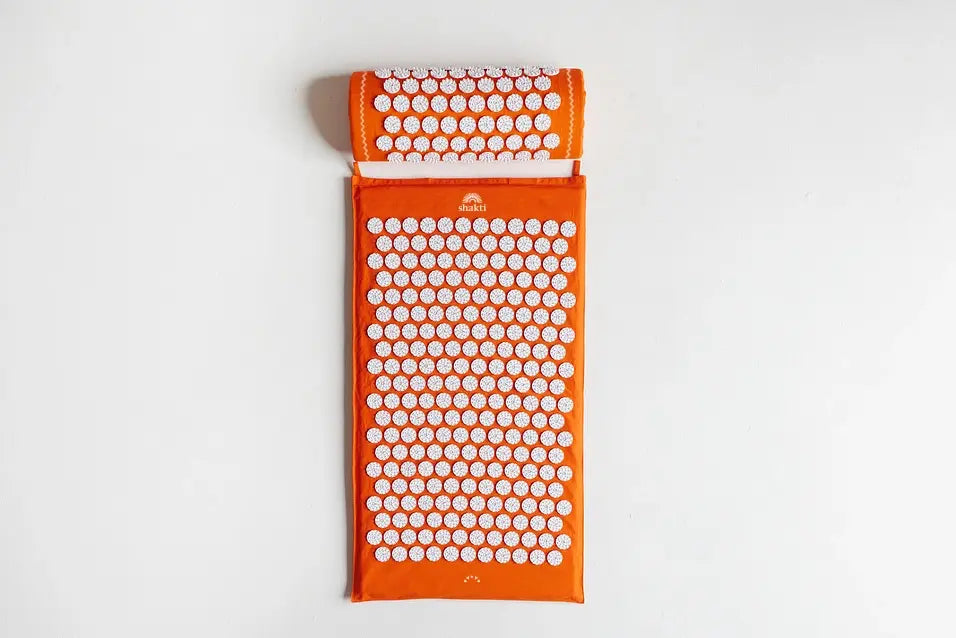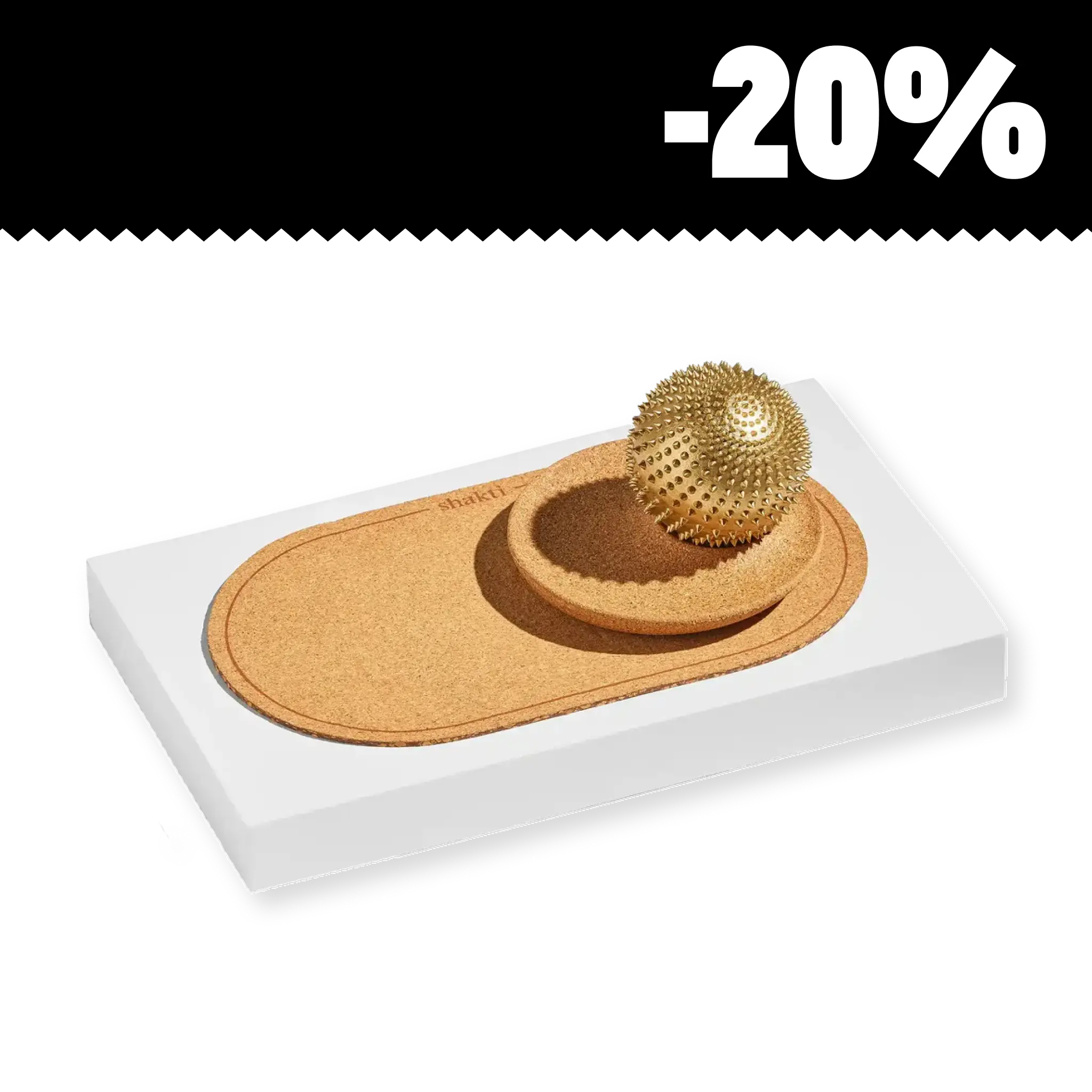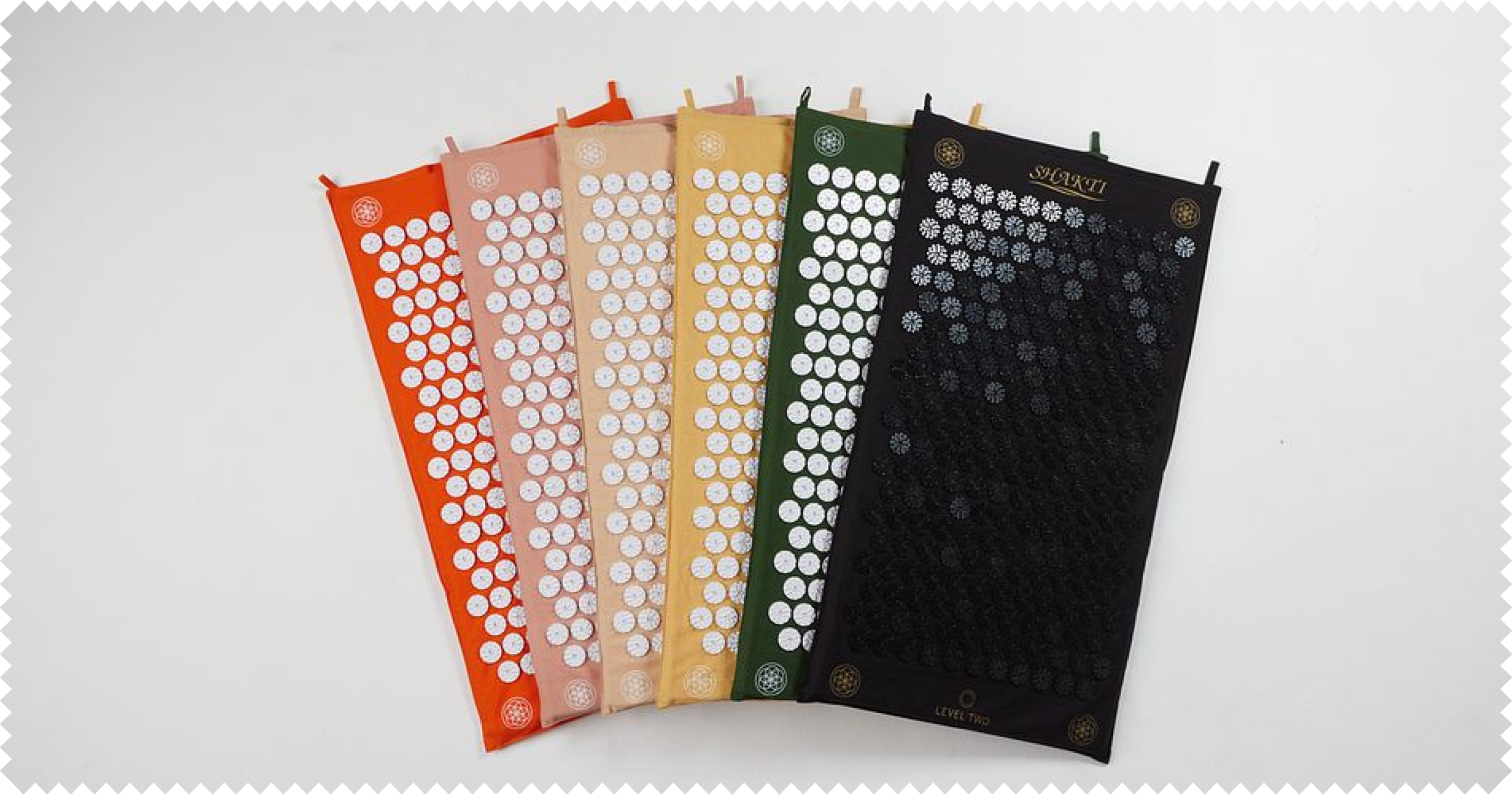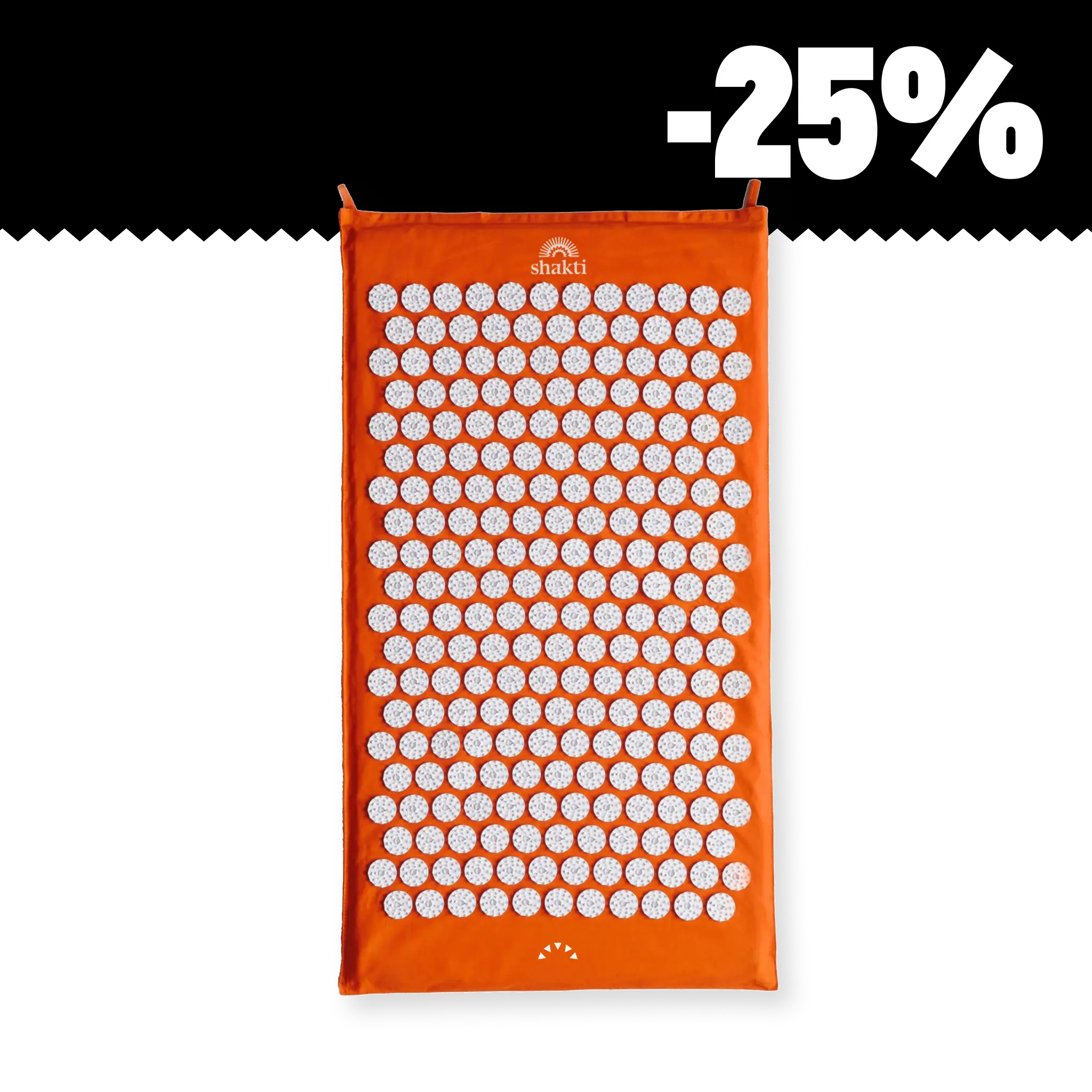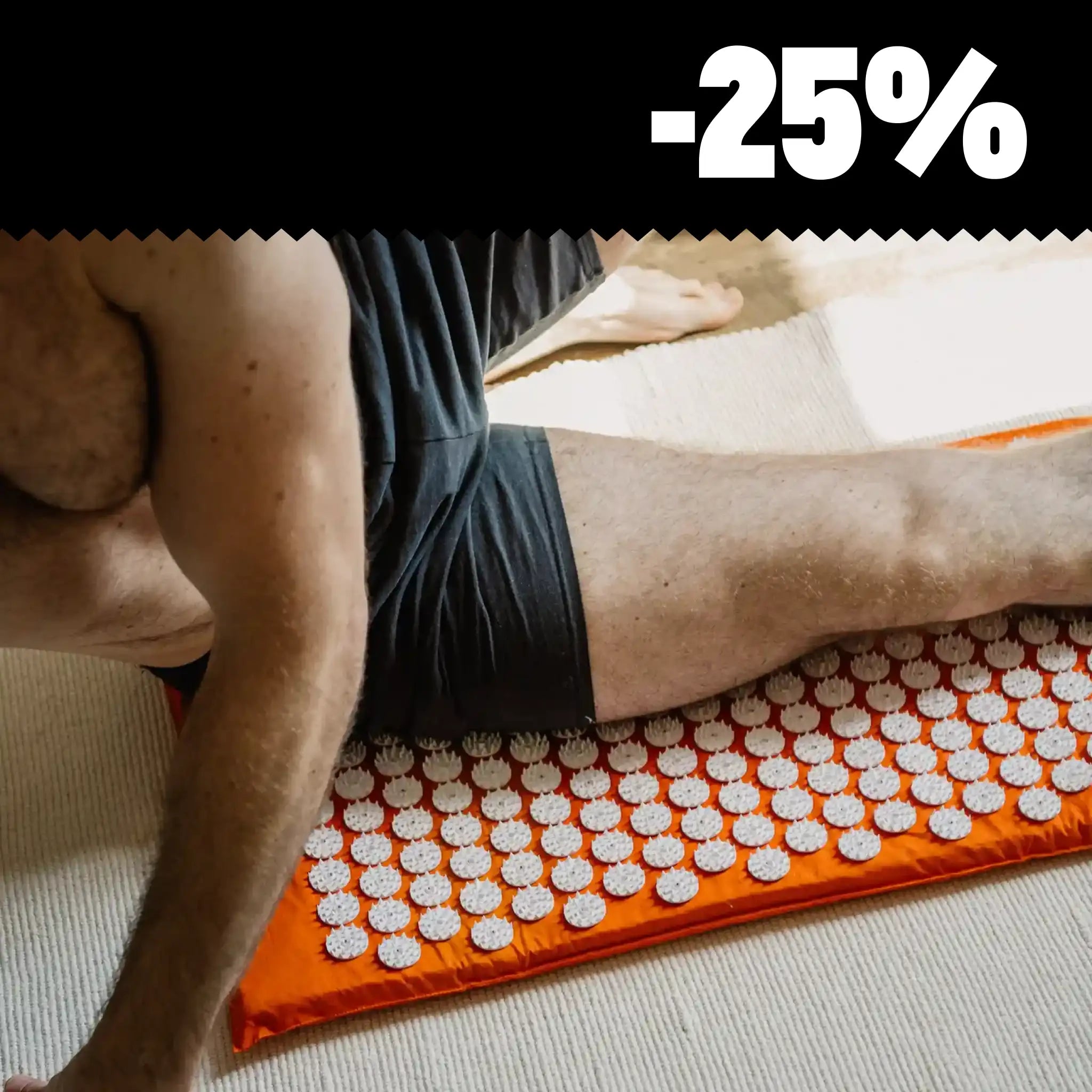Table of contents
- What are essential oils - definition
- Components of essential oils
- Essential oils in ancient times
- How are essential oils made?
- What are examples of essential oils?
- Essential oils: effect and application
- Buying essential oil - what you should look out for
- Essential oils and acupressure - an effective combination?
Whether lavender, eucalyptus or mint: Essential oils have become an integral part of our everyday lives - because nature's treasures are a perfect alternative to artificial fragrances and have a holistic effect on both the body and the soul.
Find out which plants essential oils are made from, how to use them, and what to look for when buying them in this blog post.
What are essential oils - definition
Essential oils are liquid mixtures of substances that are extracted from plant materials such as flowers, leaves, roots, seeds or fruits as well as bark or resin. Plants store the fragrances in their tissue and use them mainly to attract insects and ward off pests.
Unlike ordinary, fatty oils, essential oils from plants do not leave unsightly grease stains and prove to be particularly volatile: on contact with air, the liquid dissolves immediately and sprays its fragrance for a short time before this also evaporates. Essential oils should therefore always be kept well closed, in dark vials.
Components of essential oils
What are essential oils and what are they made of? When it comes to what exactly essential oils are, you have to look at the basics and the origin: The main components of essential oils include monoterpenes and sesquiterpenes. However, essential oils are complex natural mixtures that can contain dozens of other components in addition to these main ingredients. According to their biological formation process, the components of essential oils are divided into the following main groups:
-
Terpenes
Monoterpenes and sesquiterpenes make up around 90 percent of essential oils from plants. While monoterpenes such as hydrocarbons, aldehydes or phenols are thin and highly volatile, sesquiterpenes have a viscous consistency. Terpenes are related to hormones, which explains their strong influence on the human body. -
Phenylpropane derivatives
Like phenols, phenylpropanes have a so-called aromatic ring system and play a role in protein biosynthesis, among other things. Well-known representatives of this group are, for example, vanillin, coumarin or eugenol from cloves.
Essential oils in ancient times
Already in ancient times, people were aware that essential oils have healing properties. With the discovery of distillation about 5000 years ago, the valuable oils could be extracted from aromatic plants and used for cosmetic as well as medicinal purposes.
At the time of the pharaohs, essential oils were an expression of divinity, power and purity: Thus, the ancient Egyptians perfumed themselves with the scent essences to create proximity to the gods. Essential oils were also used to make healing ointments or to embalm the deceased.
Later, the Romans and Arabs refined the knowledge and developed more advanced methods that made the extraction of the oils much easier.
How are essential oils made?
Most essential oils today are obtained by distillation with steam. To drive the oils from the plant, steam is injected into a sealed vessel containing the crushed plant material. The oil-water mixture then condenses in a cooled tube and is directed into a collecting vessel where the essential oil can be separated from the aqueous phase.
Since this process generates temperatures of up to 70 degrees, very volatile fragrances and thus the quality of the essential oil are lost.
A more gentle production method is cold pressing: In contrast to distillation with steam, the process takes place without heat - however, only a few essential oils, such as those from citrus peels, are still produced in this way.
Special essential oils are known as absolues: These fragrances are extracted from particularly sensitive plant parts (e.g. flowers) with the aid of chemical solvents. Since small residual amounts of the chemicals remain in the oil at the end of the manufacturing process, absolutes are not used in the therapeutic area.
What are examples of essential oils?
Typical plant families with a high content of essential oils include the umbelliferae, labiates and the laurel, rue and myrtle plants.
The following essential oils are particularly popular and versatile in use:
-
Anise oil (anisi aetheroleum)
-
Bergamot oil (bergamottae aetheroleum)
-
Eucalyptus oil (Eucalypti aetheroleum)
-
Fennel oil (Foeniculi aetheroleum)
-
Spruce oil (Piceae aetheroleum)
-
Jasmine oil (Jasmini aetheroleum)
-
Chamomile oil (Matricariae aetheroleum)
-
Pine needle oil (Pini aetheroleum)
-
Caraway oil (Carvi aetheroleum)
-
Lavender oil (Lavandulae aetheroleum)
-
Geranium oil (Geranii aetheroleum)
-
Clove oil (Caryophylli aetheroleum)
-
Melissa oil (Melissae aetheroleum)
-
Peppermint oil (Menthae piperitae aetheroleum)
-
Rose oil (Rosae aetheroleum)
-
Rosemary oil (Rosmarini aetheroleum)
-
Sage oil (Salviae aetheroleum)
-
Tea tree oil (Melaleucae aetheroleum)
-
Thyme oil (thyme aetheroleum)
-
Juniper oil (Iuniperi aetheroleum)
-
Ylan ylang oil
-
Cedarwood oil (Cedri ligni aetheroleum)
-
Cinnamon oil (cinnamomi aetheroleum)
-
Lemon oil (Limonis aetheroleum)
All these are essential oils that are known and loved by us. Surely you already know some of them.
Essential oils: effect and application
When it comes to the question of what essential oils are, their action is of course an essential point. The mode of action of essential oils can be in three different ways:
-
About the smelling of scent molecules;
-
About receptors of the skin and organs;
-
About biochemical mechanismsthat inhibit microorganisms such as bacteria or fungi.
Essential oils can now be found in every well-stocked medicine cabinet. As a household remedy, they are used for various ailments - whether externally as a component of compresses, ointments, baths, room sprays or massage oils or internally as an addition to food and beverages.
Typical applications of preparations with essential oils are for example:
-
Pain in muscles and joints (usually as an addition to creams and massage oils).
-
cold, cough and sore throat (as inhalation, medicinal bath, balm or pastilles)
-
Headache (as an application to the temples and forehead)
-
Digestive support
-
Abdominal pain and flatulence
-
Treatment of wounds and external infections
-
Mouth and skin care
-
Aromatherapy
-
Indoor air and surface disinfection
The health-promoting, antibacterial, antiviral and antifungal effects of essential oils have now been confirmed in many modern studies.

What are the possible side effects of essential oils?
By and large, essential oils are free of side effects. However, in sensitive individuals, certain fragrances can cause local irritation, asthma or allergic reactions. This is also why essential oils should not be used on infants and young children. If you are unsure, feel your way slowly to using the oils.
Caution: Especially for internal use, essential oils must be used sparingly and at low doses, as even a few milliliters can lead to severe poisoning. Therefore, always inform yourself in advance whether the essential oil of your choice is at all suitable for oral administration and how to take it correctly. Of course, you can also ask your doctor or alternative physician.
Essential oils: applications that have proven particularly effective
There are several ways and methods you can use essential oils. We have written down some of them for you:
Essential oils & the psyche
Whether stress, worries or lack of inner balance: The positive effect that essential oils have on the psyche has been proven in numerous studies. Essential oils are known for their calming, balancing and mood-lifting effect. Among the most widely used oils for the psyche are lavender oil, rose oil, ylang-ylang oil or bergamot oil.
The immune system - suitable oils
If there is an increased risk of infection during the cold season, the air you breathe in your own four walls can be cleaned with a room spray. Essential oils such as pine needle and lemon oil are particularly well known for their disinfecting effect: 5 or 3 drops are poured into a spray bottle together with half a liter of vinegar and distributed in the room. If you air the room thoroughly for a few minutes before spraying, the effect can be enhanced.
What are the right essential oils for cold symptoms?
Many essential oils are excellent for relieving the symptoms of a cold: Eucalyptus and peppermint oils have an expectorant effect and clear the nose. Oils of sage or chamomile support the body in case of mild sore throat, as they have anti-inflammatory substances. For steam inhalation, use eucalyptus, thyme or spruce needle oil to loosen mucus and fight bacteria.
The influence on digestion
Surely you have heard about rubbing caraway oil on your stomach when you have flatulence? Essential oils from fennel, anise or caraway have an antispasmodic and digestive effect, which is why they are often used against flatulence and painful cramps in the gastrointestinal tract. If you suffer from nausea or general digestive problems, essential oils from peppermint are particularly effective.
Muscle and knee pain - rosemary and arnica
Rosemary and arnica oils contain substances that promote blood circulation and can relieve cramps. They are therefore often used for muscle and knee complaints used for muscle and knee complaints. Geranium and ylang ylang oils also have antispasmodic properties, which is why they are often used for gentle massages.
For the oils to work optimally, you should mix a few drops with warm water or a carrier such as almond oil. A towel soaked with the oil-water mixture can simply be applied to the affected muscle or joint. Massage oils with added essential oils are again the ideal base for a soothing massage.
Headache support
If you suffer from an unpleasant tension headache, essential oils are the remedy of your choice. Peppermint oil with its active ingredient menthol is considered an effective home remedy in the fight against the unpleasant headache. Apply it gently to your temples, forehead and neck every 10 minutes. Also, make sure you get enough rest and relaxation to support the effect of the essential oil.
Urinary tract
A mixture of soothing, anti-inflammatory and pain-relieving essential oils helps against bladder problems. For example, you can add a few drops of thyme oil, lavender oil and chamomile oil to a base oil and rub the mixture into the abdominal area several times a day. Sitz baths with a few drops of eucalyptus oil can also help with bladder infections. Inform yourself in advance about the exact handling before you apply the essential oils!
Essential oils for menstrual cramps
As a massage oil, bath additive or compress, relaxing essential oils can relieve pain during menstruation. menstruation relieve pain during menstruation. They are best used in combination with heat, for example in the form of a hot abdominal compress: A mixture of 2 drops of chamomile oil and 1 drop of lavender oil in 0.5 liters of hot water has proven effective here. Soak a cloth in the fragrant mixture and place it on the aching abdomen.
Supplement skin care
Essential oils are known to preserve the beauty of the skin and gently care for it. Rose oil, lavender oil, geranium oil or chamomile oil are recommended for sensitive skin. Mature skin benefits from the positive properties of frankincense, rose and myrrh essential oils. If your skin is rather oily, you can care for it with sandalwood and cedarwood oils. Essential oils can even help with atopic dermatitis: Blue chamomile oil is best used in combination with jojoba and evening primrose oil.
When applying essential oils to the skin, pay attention to the correct dosage to avoid reactions such as redness, itching or dryness!
Hair care with essential oils
Diluted with a base oil (e.g. almond oil), castor oil nourishes dry hair and flaky scalp as a natural conditioner. Let the oil mixture work into your scalp for a while and rinse thoroughly afterwards.
Essential oils are even perfect for treating annoying head lice: mix 10 drops of tea tree oil, 10 drops of lavender oil and 5 drops of geranium oil with 50 ml of base oil. Massage the mixture into the hair and scalp and leave it on overnight. It is best to use a cloth to avoid stains on the bed linen. Repeat the procedure every two to three days for two weeks.

Buying essential oil - what should you look out for?
The question "What are essential oils?"we have now answered it for you. Now it's time to buy the right oils.
Not all essential oils are created equal. Therefore, when buying, make sure that the oils are 100 percent natural. Otherwise, you may end up with a diluted oil or one that has been "refined" with synthetic fragrances. The expected effect of inferior oils is many times less than that of pure essential oils.
High-quality essential oils are obtained from plants that come from controlled organic cultivation or wild collection. Only when plants grow up in an environment without pesticides and co., they also produce essential oils that can unfold their full spectrum of effects.
Good to know: Excellent, natural essential oils are priced higher than diluted oils. But do not let this deter you! The price is relativized at the latest with the yield - because you need only a few drops of natural oils to enjoy their wonderful effect.
Essential oils and acupressure - an effective combination?
Especially if you use essential oils to deepen your relaxation, you can use them wonderfully when using the acupressure mat use. You can also cleverly combine oils with acupressure for many ailments. If you are suffering from another headache, apply peppermint oil to your temples as described above. Then treat with the acupressure cushion or your mat to the individual acupressure points - or simply make yourself comfortable on the mat and try to relax. Of course, you can also do this for the other ailments mentioned above: Combine the exercises around acupressure with the application of essential oils and observe how your body and mind react. Also during a meditation on your mat, the right essential oils can ensure that you can intensify your sense of well-being and relaxation. Try it out and get involved!


